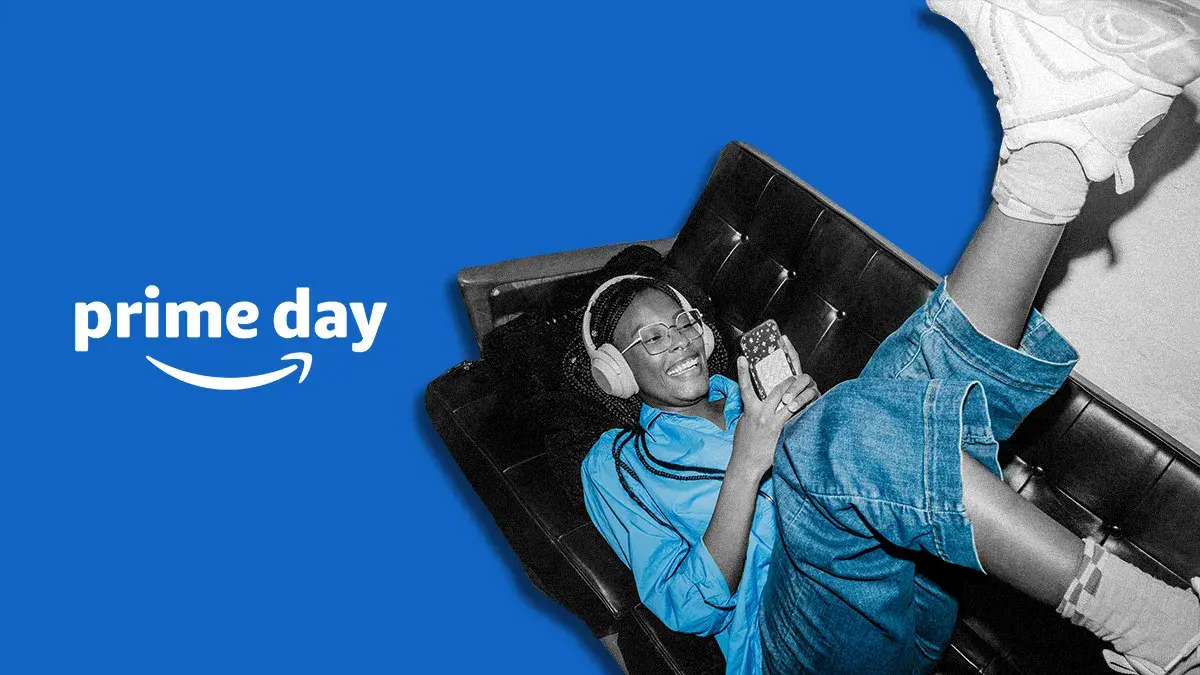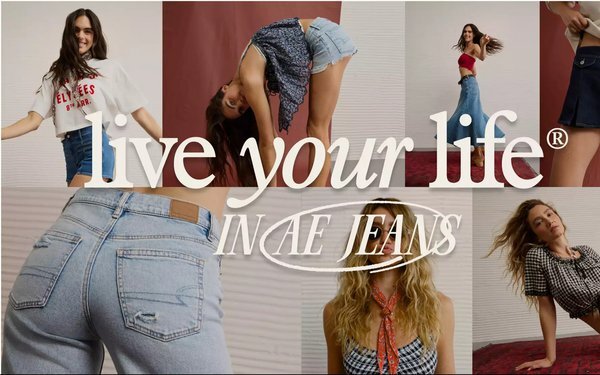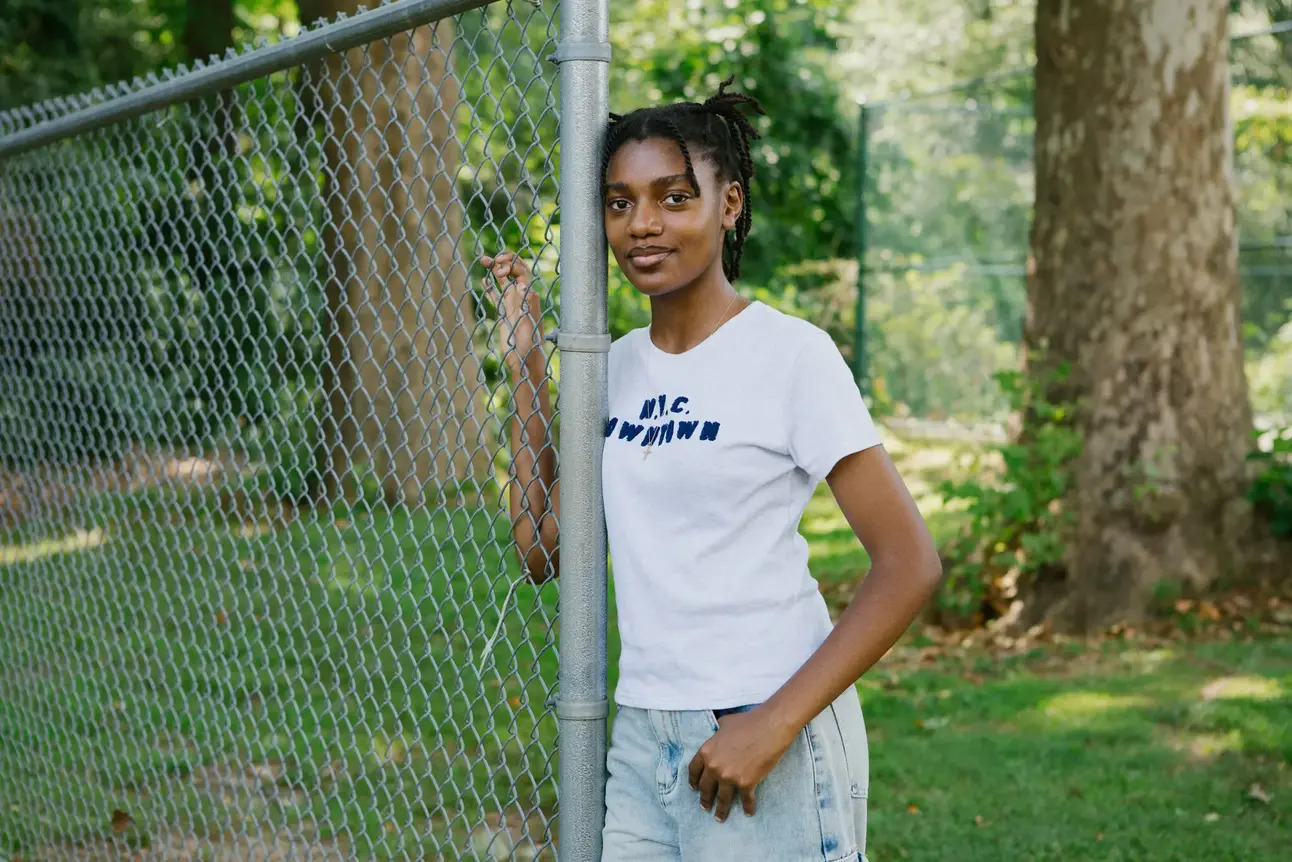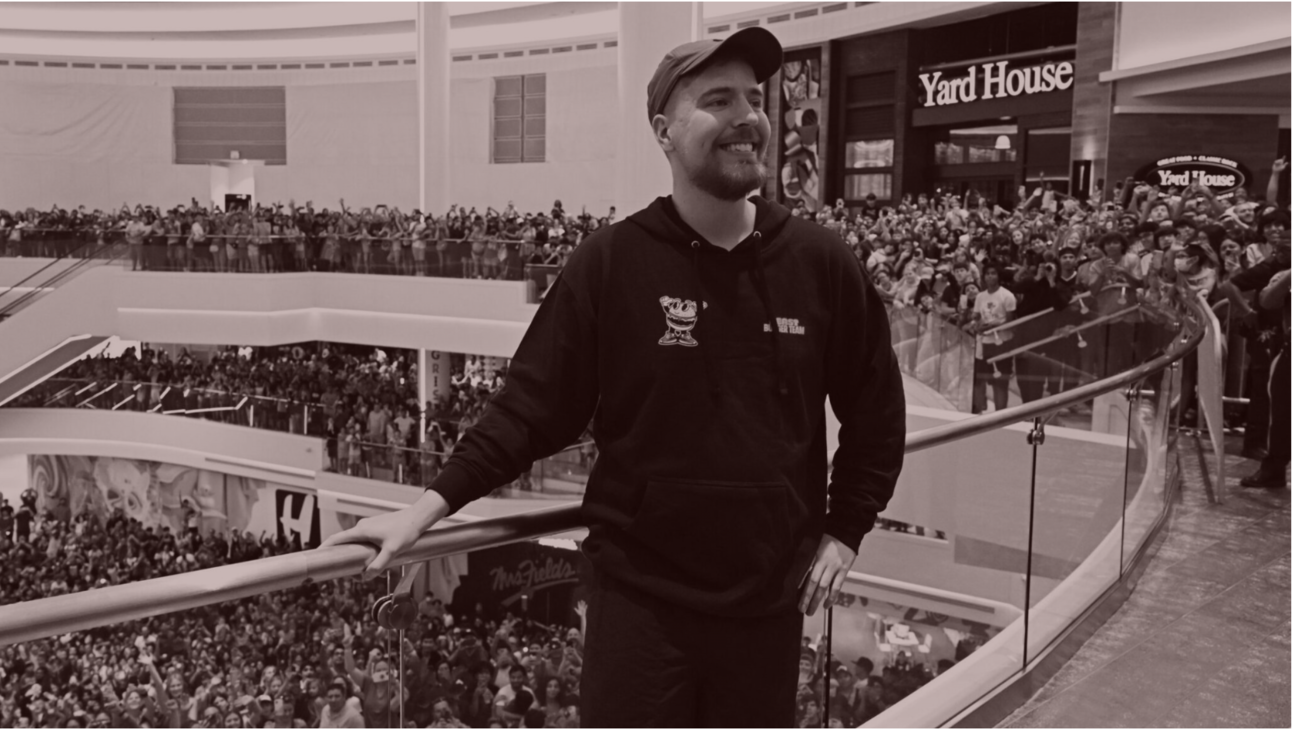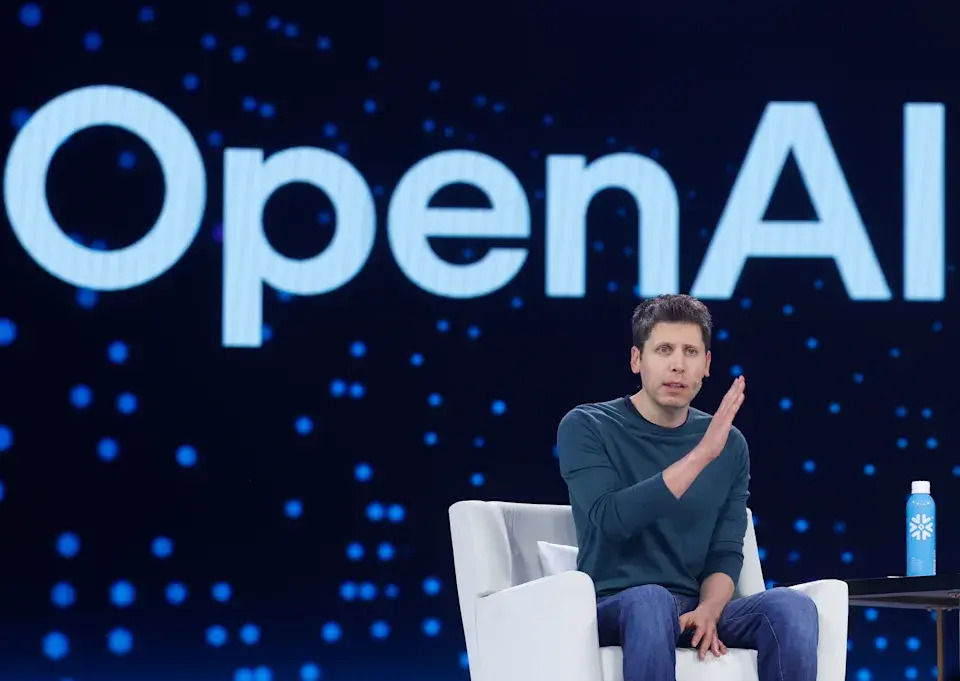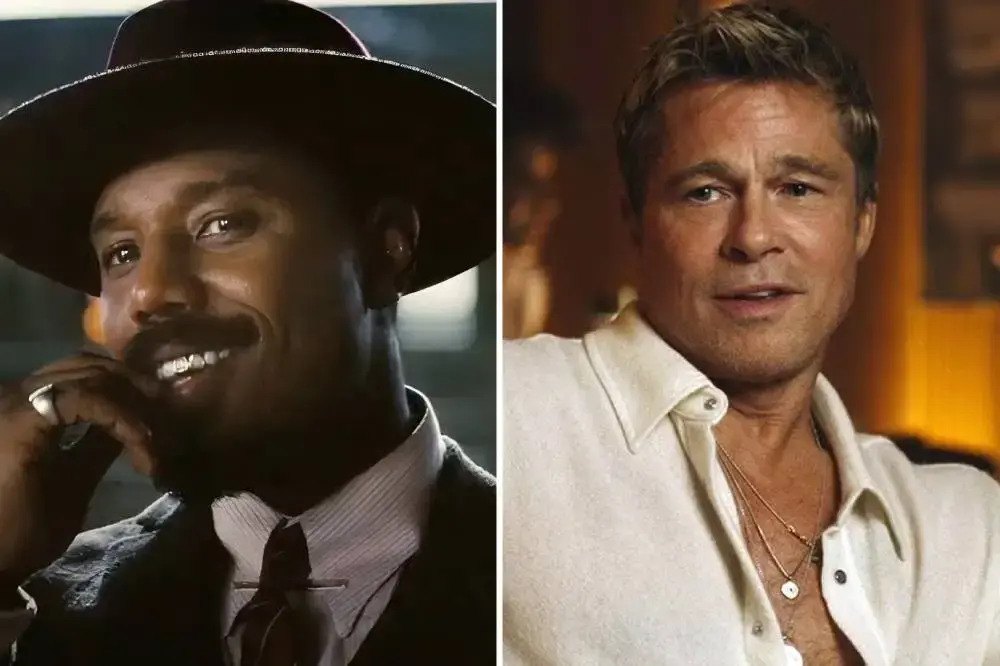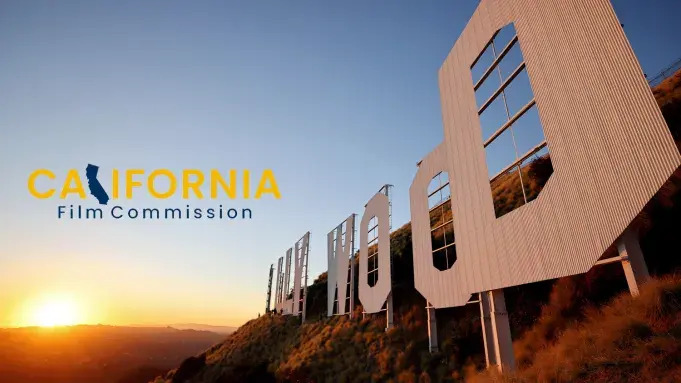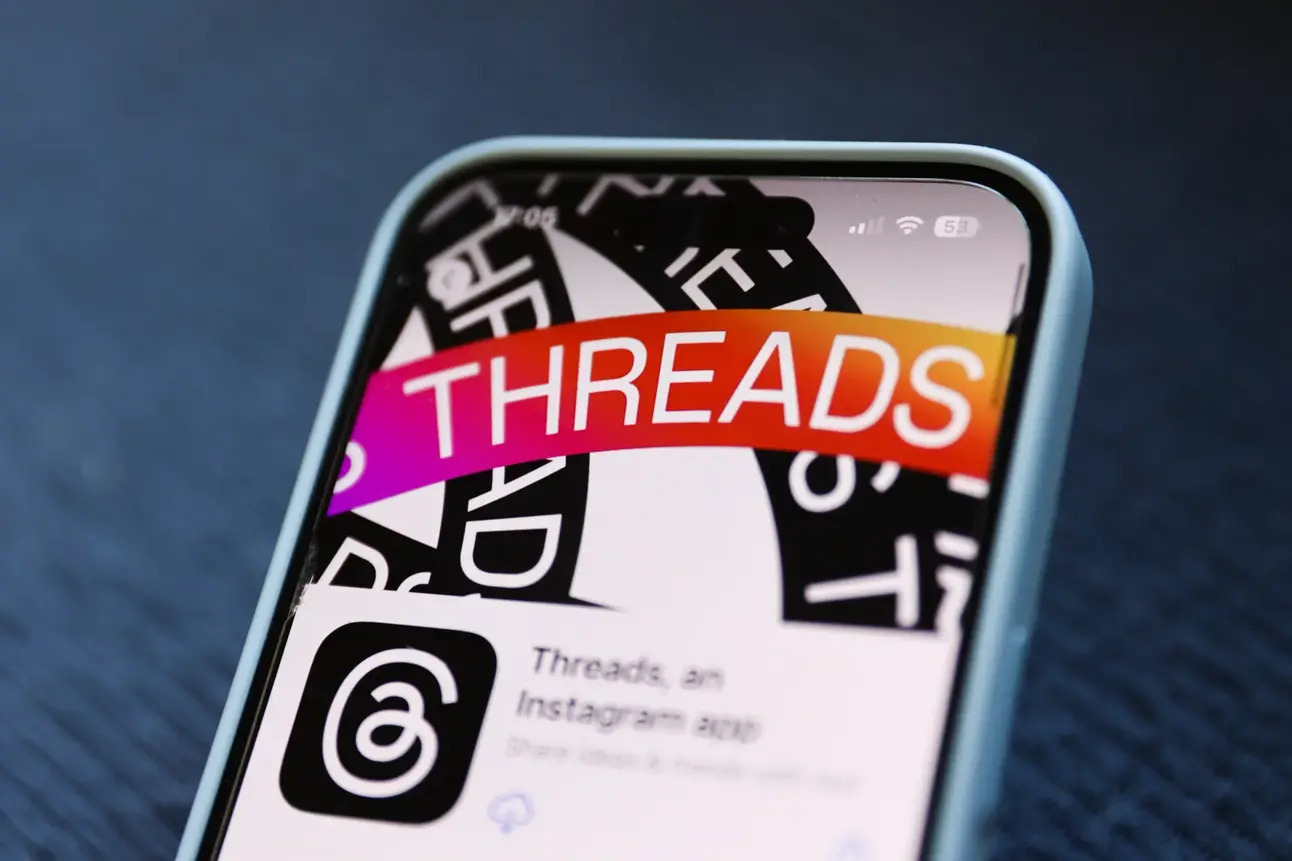- The 10 Things Newsletter
- Posts
- Why Netflix Shouldn’t Be YouTube
Why Netflix Shouldn’t Be YouTube
Plus: For Teens, Summer Jobs Are Getting Harder to Find

Hey there—Ryan here in sunny LA ☀️. Here’s what I’m tracking today across entertainment, tech, and marketing:
Amazon’s sweetening the pot for influencers—doubling commissions during Prime Day to turn TikTokers into top-tier sales reps. Meanwhile, American Eagle’s Gen Z strategy is all vibes: think Substack-fueled inspo boards, Pinterest visioning, and the return of jorts. But for teens off-camera? Summer jobs are drying up fast, especially in hospitality. It's the side hustle era—or bust.
Netflix is getting YouTube envy, but media analysts are waving red flags: algorithm-first, short-form tweaks could alienate its prestige brand identity. YouTube, meanwhile, is leaning into loyalty with new viewer retention metrics—because keeping eyeballs is the new growth hack. And over on Threads, DMs just dropped, but the vibes? Mixed. Meta’s still chasing that elusive community magic.
In AI land, OpenAI just threw cold water on Robinhood’s “OpenAI tokens”—not official, not endorsed. Also not encouraging? A new report on how often AI agents are fumbling basic tasks. While the tech dreams big, reality’s lagging. But Hollywood’s betting on stability: California just bumped its film tax credit to $750M, and early Oscar talk is already buzzing around “Sinners” and a surprise F1 drama.
More below. 👇
Thanks for reading! Enjoyed this edition? Share it with a friend or colleague!
Was this forwarded to you? Sign up here to receive future editions directly in your inbox.
Support the Newsletter: If you’d like to support my work, consider contributing via Buy Me a Coffee.
Stay Connected: For more insights and updates, visit my website or follow me on LinkedIn, YouTube, and TikTok.
Work with Me: Interested in partnering with me on sponsored content, consulting/advising, or speaking and workshops? Get in touch here.
How was today's newsletter?Feedback helps me improve! |
